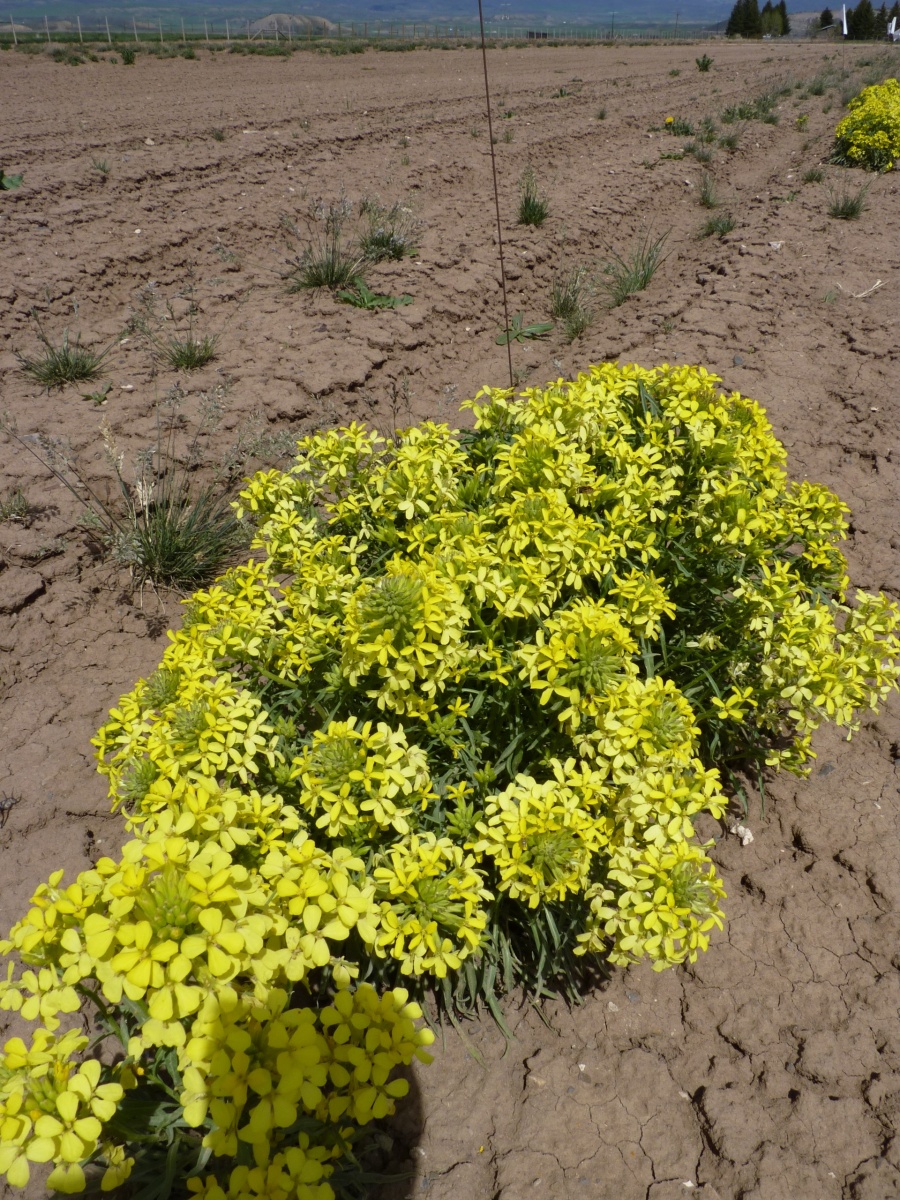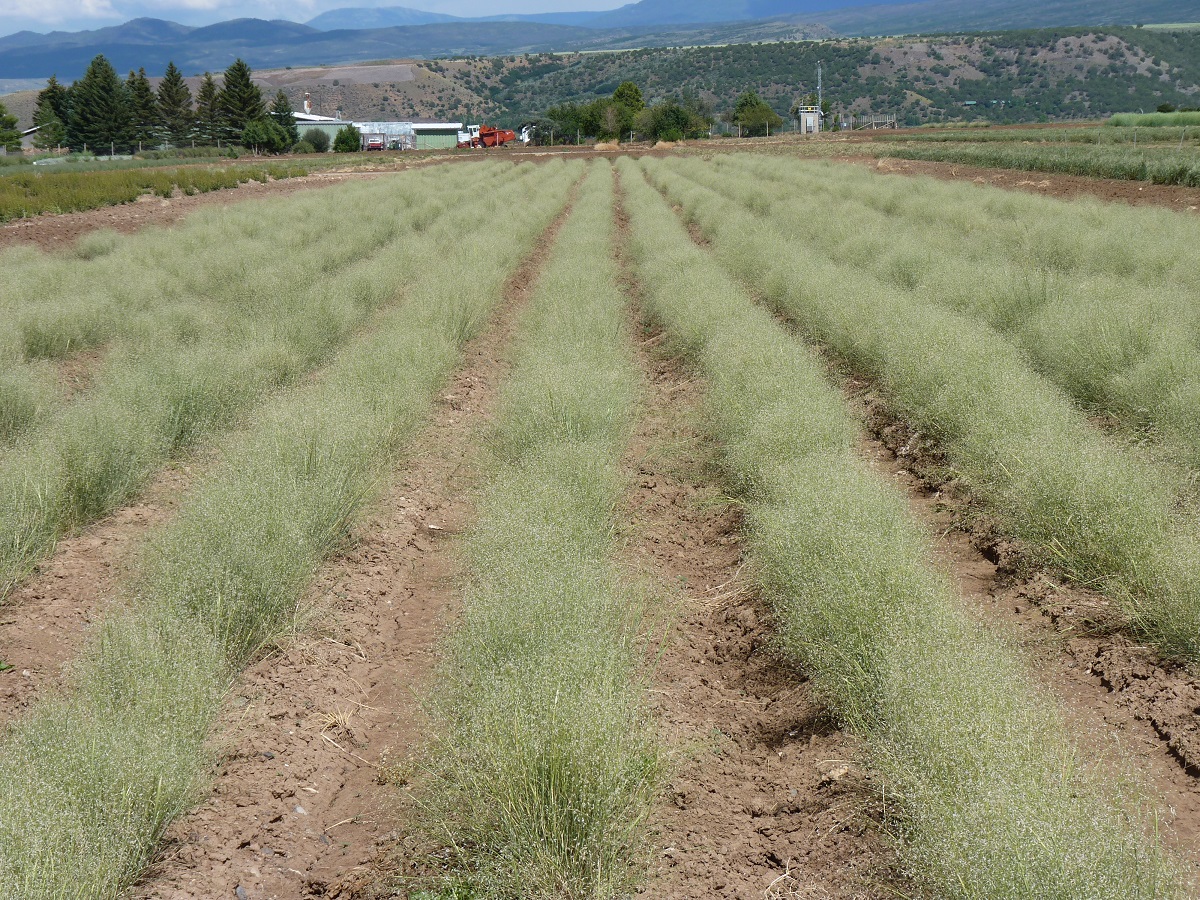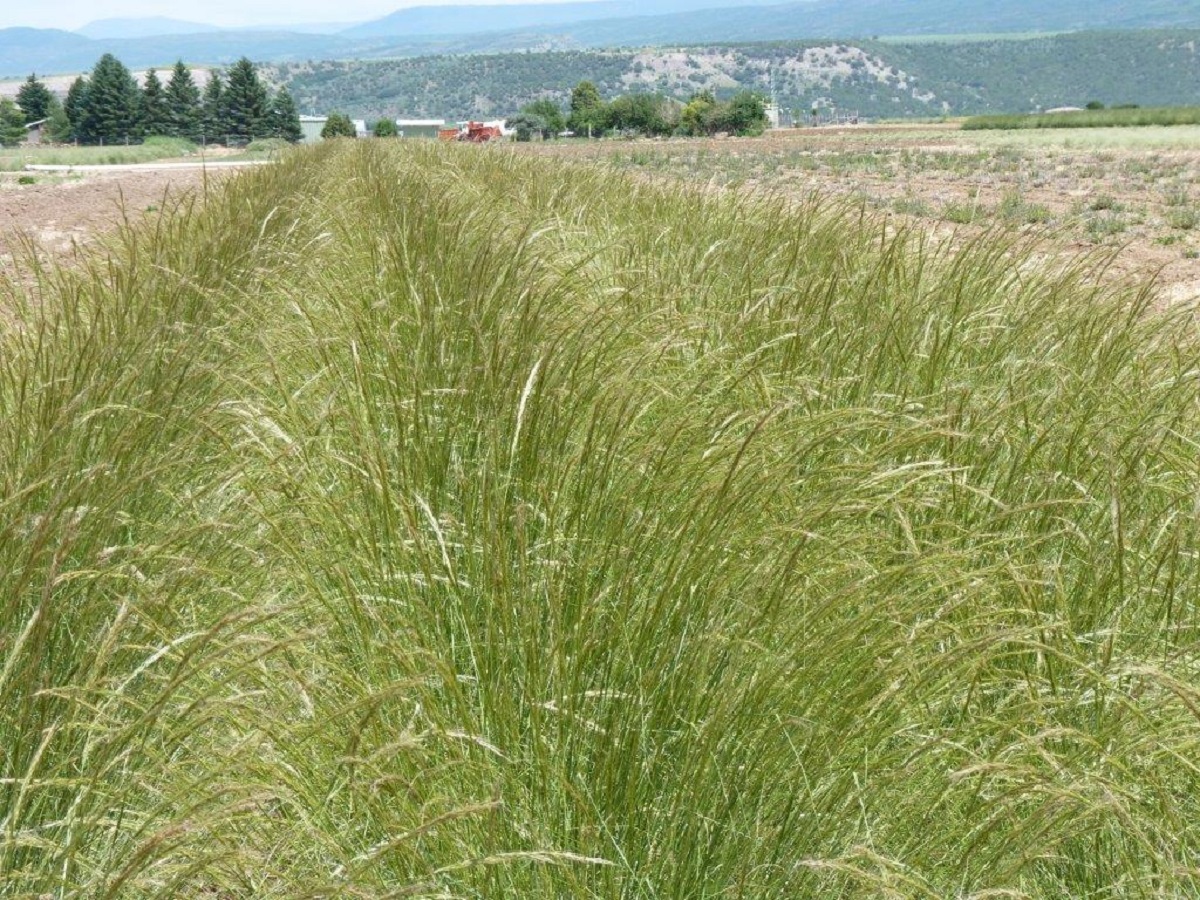Evaluation and increase of locally sourced native forb and grass species for BLM Wyoming reclamation
Healthy, resilient, functioning native sagebrush communities play a significant role in the BLM’s ability to maintain sage-grouse populations in the West. The diversity of native forbs and grasses within the sagebrush communities is vital to the survival of sage-grouse and hundreds of other species. These native plants provide food and shelter for the sage- grouse, especially the young chicks. Locally-sourced seeds of the appropriate species are essential for restoring degraded sagebrush communities; however, many species that the BLM would like to use in reclamation seed mixes are currently unavailable from seed companies. The ongoing need for native plant material development for habitat enhancement, general reclamation and site specific revegetation is greater than ever and the lack of readily available native plant materials substantially increases the cost of restoration efforts.

To help address the significant need for locally sourced and ecologically appropriate plant material for use in restoration and reclamation on public lands, the Plant Conservation Program supports a long term partnership between the BLM Wyoming and the Upper Colorado Environmental Plant Center (UCEPC). The UCEPC conducts research and development on Wyoming-sourced seeds, collected through the Seeds of Success Program, with the goal of identifying grass and forb species that can be put into commercial seed production. The overall goal of the partnership is to increase the availability of locally sourced and ecologically appropriate plant materials to improve the integrity and resilience of native plant communities, which is one of the basic goals of the BLM Plant Conservation Program. Projects include evaluating germination and growth requirements of SOS-collected native forbs, such as sulfur-flower buckwheat, Western wallflower, and tanseyleaf tansyaster, which are an important component of Greater Sage-Grouse habitat. Field evaluations include plant count, percent canopy cover, height, vigor, bloom period, bloom color, and seed harvest period. This cumulative data will enable UCEPC staff to better determine the seed increase and field production potential of each species. The UCEPC also conducts seed increase projects for native species with better known growth requirements and harvesting techniques, including green needlegrass, squirreltail bottlebrush, and Indian ricegrass.
This project addresses steps in the Native Plant Materials Development Process:
- Seed Collections/SOS,
- Research, and
- Field Establishment.
The project addresses Goal 2 of the National Seed Strategy: Identify research needs and conduct research to provide genetically appropriate seed and to improve technology for native seed production and ecosystem restoration, as well as Objective 2.2 Conduct Species-Specific Research to Provide Seed Technology, Storage, and Production Protocols for Restoration Species and Objective 2.3 Conduct Research on Plant Establishment, Species Interactions, and Ecological Restoration.

The BLM Wyoming Native Plant Materials Development Program and the Upper Colorado Environmental Plant Center have significantly increased their knowledge of germination and growth requirements and propagation techniques for numerous desirable forb species, and production and harvesting techniques for important native perennial grass species. SOS-collected green needlegrass, Indian ricegrass, and squirreltail bottlebrush are in seed increase growout projects and have produced enough seed that they are now available for restoration projects and use as foundation seed for commercial growing operations. Through the research and development work, UCEPC has identified numerous forb species that show promising performance and have good potential for commercial seed production. Sagebrush obligate species such as sage grouse and pygmy rabbits will benefit from the plant materials developed under this project, which will increase available food and cover for these at-risk wildlife species.

Evaluation and seed collection will continue in 2016 and beyond. These plants will be entering their fourth growing season, and with each passing year, more information is garnered about the products. Their weaknesses and strengths will become more and more evident over time. With the cumulative data and observations made by UCEPC staff, those species with the ideal combinations of germination, survival, establishment, field performance, flowering period, seed production, and ease of seed collection and cleaning will be pursued for increase purposes. In 2016, UCEPC also began large-scale production of sagebrush seedlings for BLM WY high-priority reclamation projects. The sagebrush seedlings being produced are from seed locally collected through the SOS program, which will result in plant materials adapted to the local environmental conditions. Sagebrush seedlings will be available to Field Offices in the fall. This is an ongoing, long-term partnership, particularly because native plant materials, like agronomic crops, take an average of 10 to 20 years to develop as consistent and reliable commercially available seed. BLM Wyoming and the Upper Colorado Environmental Plant Center will continue to work together to move the species already found to have commercial viability into Stage 4 of the NPMD process—Seed Production by Private Growers. Eventually locally sourced seed of desirable species will be available in sufficient quantities to be used for larger scale reclamation projects on BLM lands in Wyoming.
